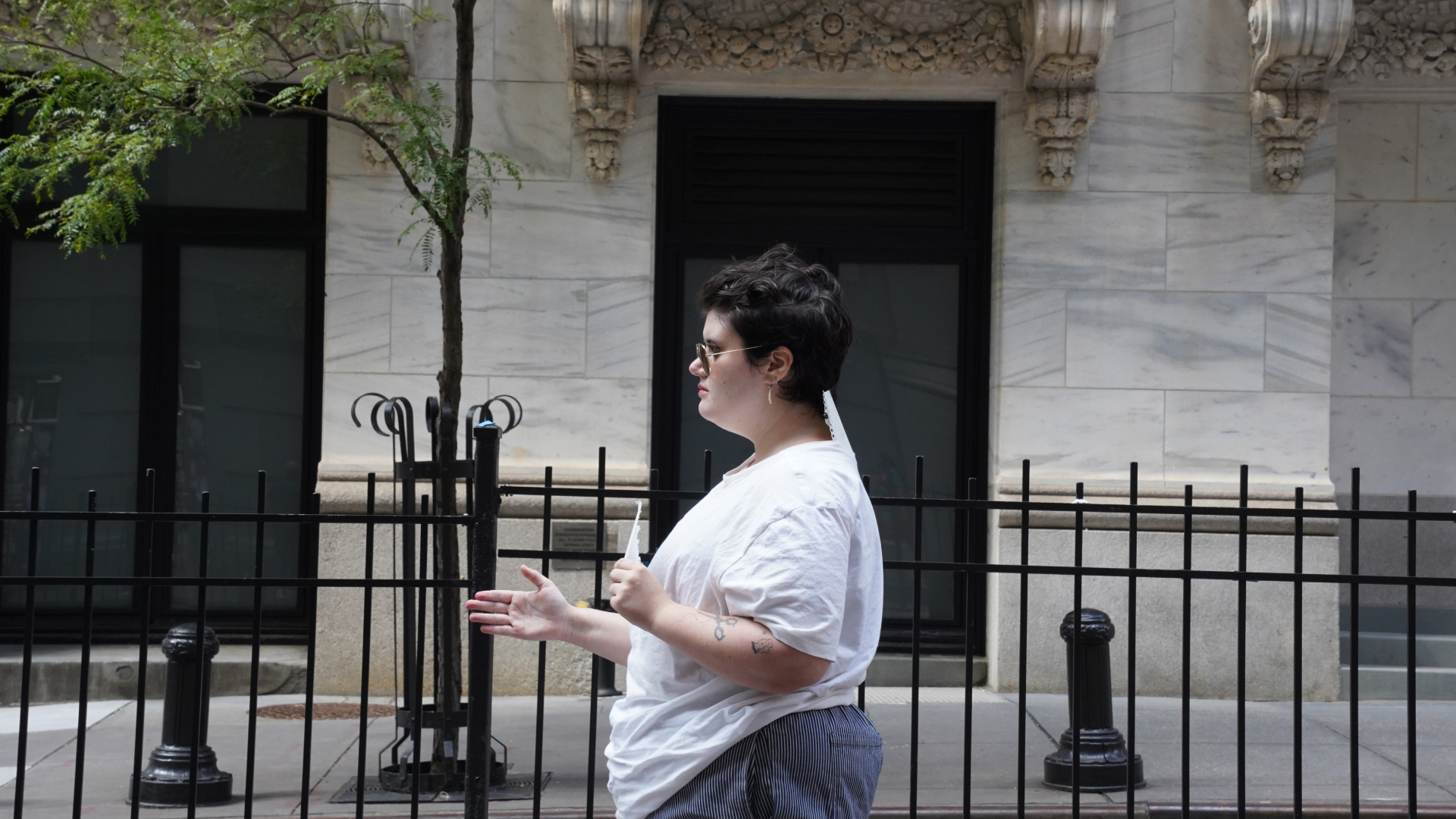Research for finals
Major Studio 1 | PGTE 5200
MFA Design & Technology
Parsons School of Design | The New School
Advisor: Harpreet Sareen
In-Depth Interview
Interviewed 6 people with their experience using and purchasing incense products.
Survey
Conducted a survey to gather more information on experience using incense products.
Persona
Created personas of potential targets of the final outcome of the project.
In-Depth Interview
Overview
An in-depth interview was conducted in a semi-structured format. I started off with fixed questions, and asked follow-ups deriving from those questions when needed. A total of 6 people participated the interview, with each interview being 10 to 15 minutes long.
Participants: 6
Duration: 10-15 minutes each
Fixed Questions
- Have you used incense before?
- What kind of incense was it? Ex. Sticks, Cones, Candles, Oils, Spray etc.
- What kind of smell did it have?
- If you were going to buy an incense, what would it be for?
- Why did you use those incense?
- Is there a particular smell that makes you relaxed?
Participant 1
Participant 2
Participant 3
Participant 4
Participant 5
Participant 6
Results and findings
Given the fact that the interviewees were randomly selected from D12, it was interesting to see that all of them had experience using incense. Most of them answered that the scents helped them relax, and refresh or deodorize the space. How frequently and which scent they used differed by participants.
Survey
Overview
To gather more data on experience using incense products, a short survey was conducted. Participants were directed to different steps depending on their purchase history.
Participants: 17
Results and findings
Based on the analysis of the survey data, a majority of respondents have previously purchased incense products. Many have bought multiple types, such as sticks, candles, sprays, and oils, which suggests that people explore various forms of scent products. This insight shows that there is a diverse consumer base that appreciates different formats of incense, potentially driven by different needs or preferences.
The primary factors influencing purchases appear to be the scent of the incense, followed by price. This shows that consumers prioritize their sensory experience above cost when selecting incense products. Most people also had a specific preference for incense products, meaning that it is less likely for them to try out scents that are vastly different from their taste.
Although respondents had a preferred scent, these scents varied by each respondent. Majority of the responses also shows that these incense products helps relaxation and refreshing. This suggests that scents are perceived differently depending on the person. For some people lavender is a scent that helps with relaxing, while for others it would be sandalwood.
In terms of usage frequency, the responses are varied, with some individuals using incense as frequently as once a week, while others have no set schedule or use it rarely. This variation indicates that while incense is a regular part of some consumers’ routines, others view it as an occasional indulgence. These products could be targeted to both habitual users and those who consider incense a special, mood-enhancing product.
Persona

On our first team visit to Wall St, we tried out a very simple experiment, a in-person version of our interaction; sticking our hands out for a handshake. Even though we knew our project shouldn’t have any written/spoken language, we had signs saying ‘handshake’ and ‘art experiment’ just to assure people that we weren’t doing anything dangerous. To be honest, I didn’t think this was going to work, but we had a lot of people interact with us. It was also interesting to see the demographics of people interacting with each one of us. People of different (perceived) gender, race, age interacted with us depending on who was experimenting.
The testing turned out successfully, which made us fix our idea to the handshake. We also decided to have our project installed nearby the Fearless Girl, which also carries a message for female empowerment and gender diversity in Wall St.
After fixing our idea, we still had to decide various factors; material used for hand, method of interaction, and deviations for each iteration.
Readings
https://doi.org/10.1145/3613905.3648670
Shihan Fu, Jianhao Chen, Yi Cai, and Mingming Fan. 2024. AromaBlendz: An Olfactory System for Crafting Personalized Scents. In Extended Abstracts of the 2024 CHI Conference on Human Factors in Computing Systems (CHI EA ’24). Association for Computing Machinery, New York, NY, USA, Article 394, 1–5.
https://doi.org/10.1145/3025453.3026004
Judith Amores and Pattie Maes. 2017. Essence: Olfactory Interfaces for Unconscious Influence of Mood and Cognitive Performance. In Proceedings of the 2017 CHI Conference on Human Factors in Computing Systems (CHI ’17). Association for Computing Machinery, New York, NY, USA, 28–34.
https://doi.org/10.1145/1873951.1873994
Sayumi Sugimoto, Daisuke Noguchi, Yuichi Bannnai, and Kenichi Okada. 2010. Ink jet olfactory display enabling instantaneous switches of scents. In Proceedings of the 18th ACM international conference on Multimedia (MM ’10). Association for Computing Machinery, New York, NY, USA, 301–310.
https://doi.org/10.1145/3313831.3376737
Yanan Wang, Judith Amores, and Pattie Maes. 2020. On-Face Olfactory Interfaces. In Proceedings of the 2020 CHI Conference on Human Factors in Computing Systems (CHI ’20). Association for Computing Machinery, New York, NY, USA, 1–9.